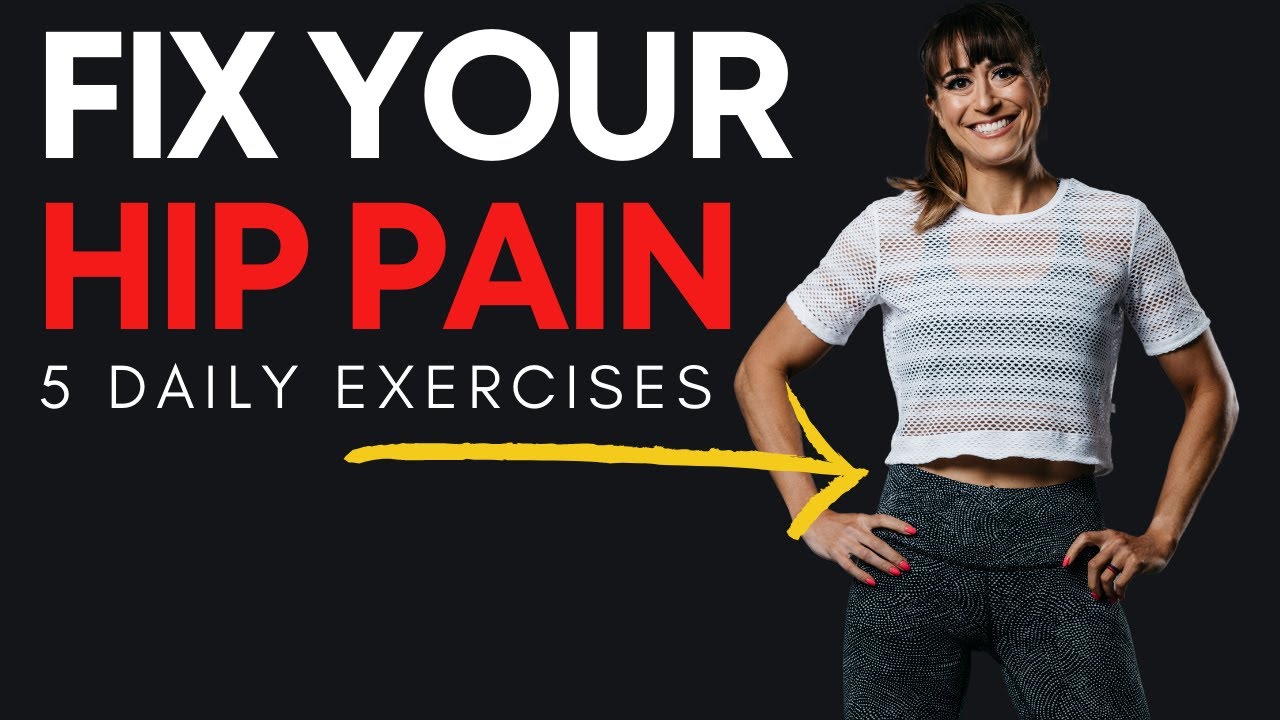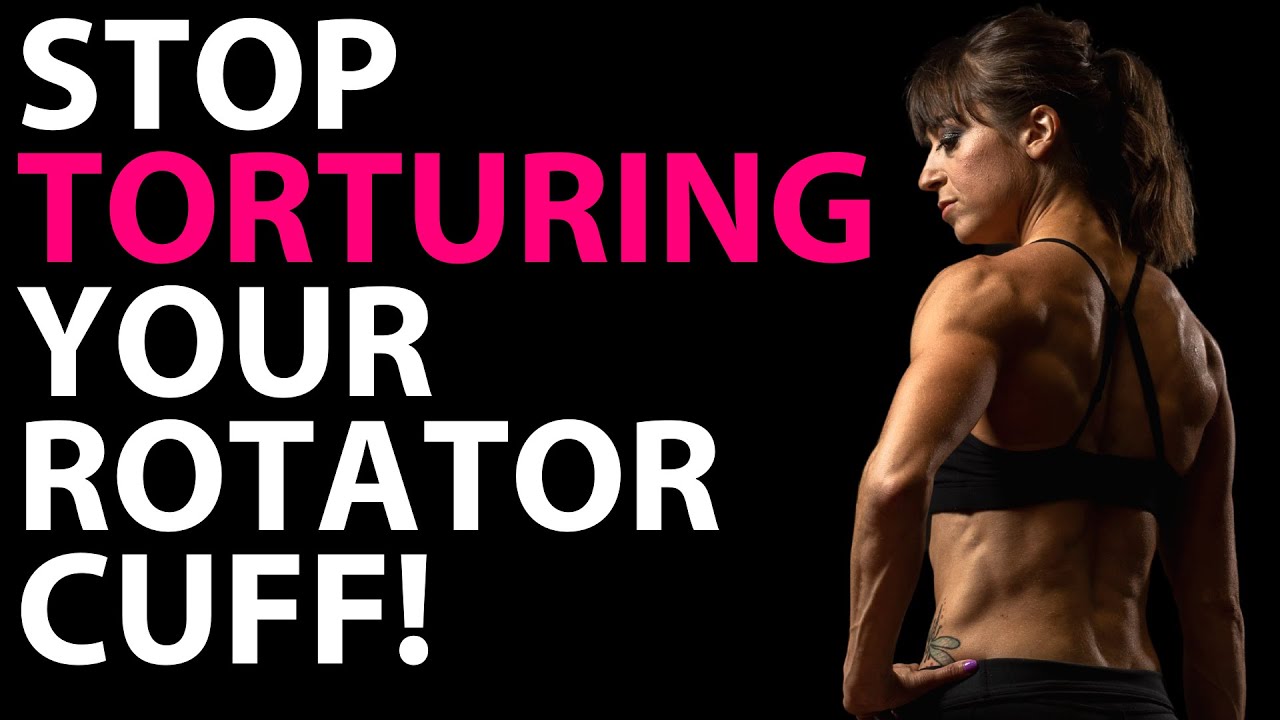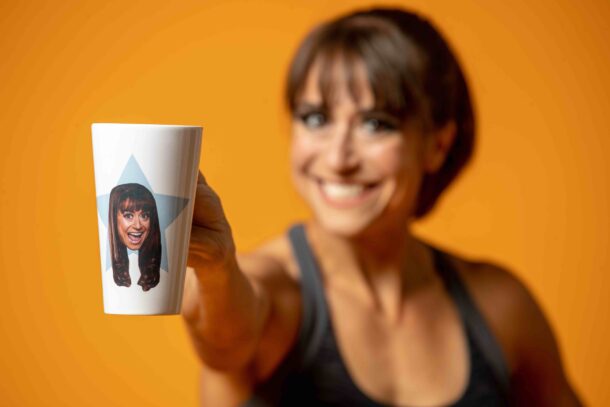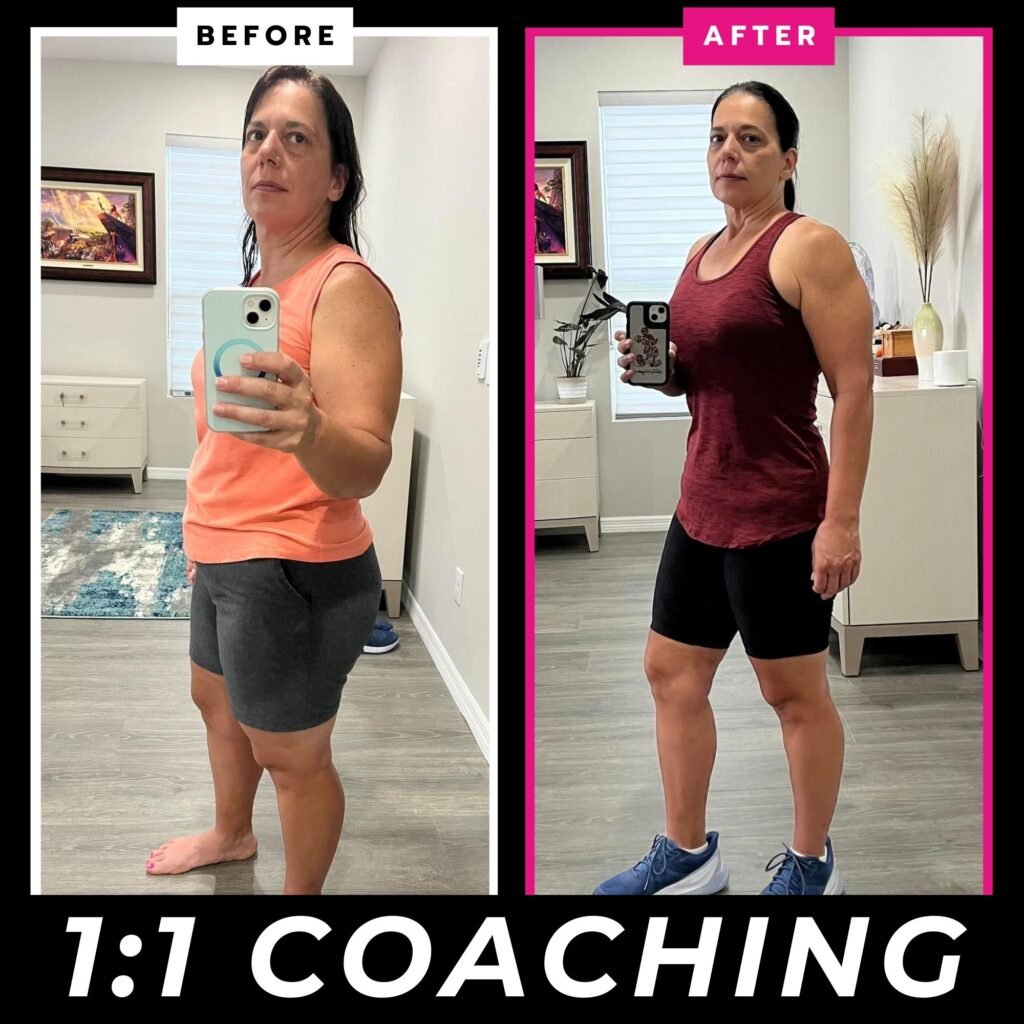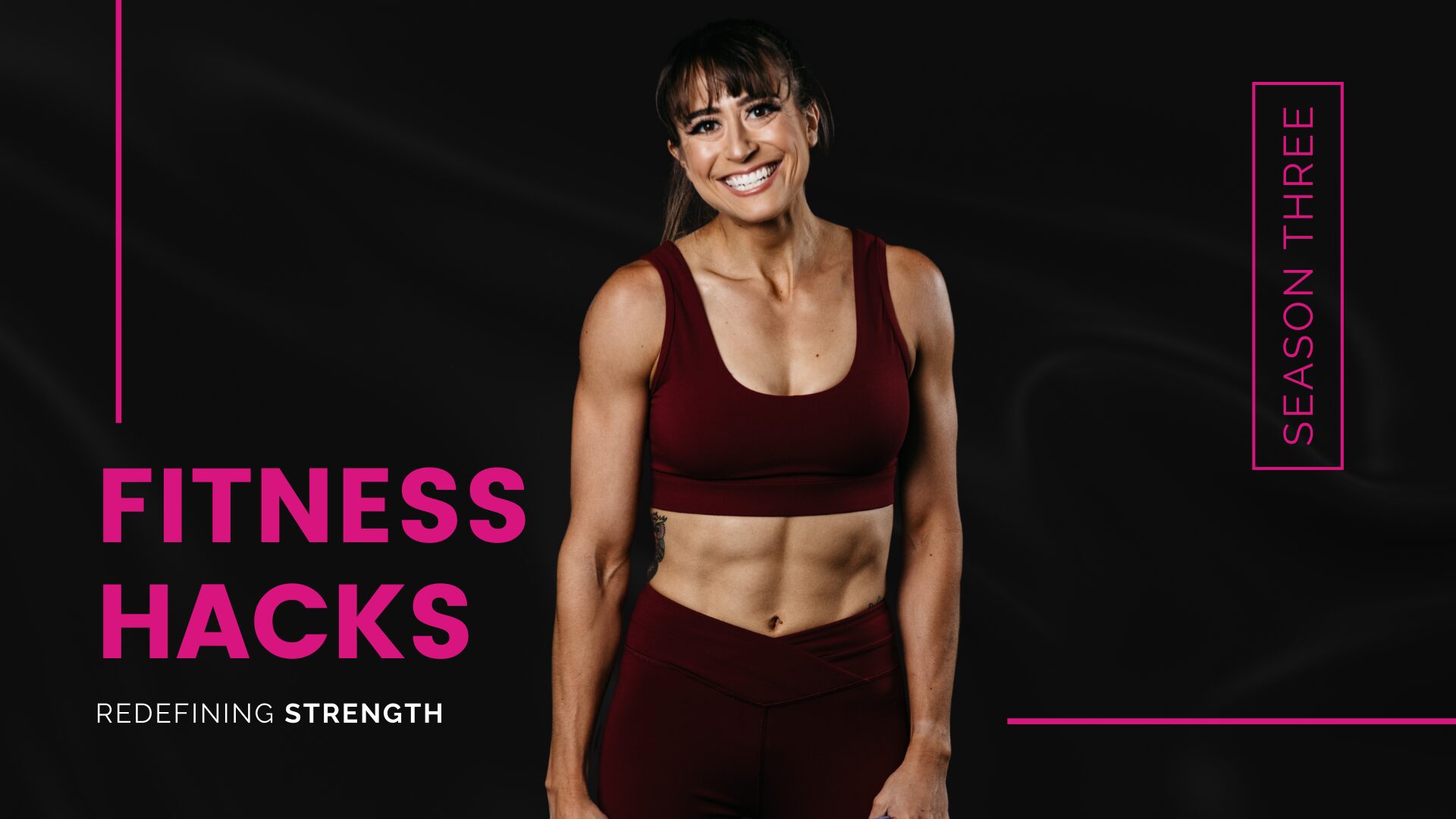
FHP 328 – Do Less, Achieve More
It’s so easy to fall into the “more is better” attitude.
Because taking action, “doing more,” allows us to feel like we have more control over our results…like we can get things to happen faster.
But that’s simply not how things work.
We can’t out exercise or out diet time.
So often doing more creates unsustainable routines and habits not to mention pushes us the point of training or dieting so hard that we see diminishing returns.
Our hard work actually backfires.
That’s why I wanted to talk about how less is often more. How you can DO LESS AND ACHIEVE MORE!
Here are 4 tips to help you dial in your diet and workouts to be efficient and effective. Because really often it isn’t that we don’t have enough time or enough willpower…we are just too focused on doing MORE over that consistency!
#1: Design For Your Current Schedule
I often get asked about the best training schedule for (insert any goal here).
My reply is ALWAYS…
“What’s a realistic, not ideal, but REALISTIC training schedule for you? Because the key is designing your routine based on that!”
There are so many ways to design a training schedule based on specific goals. But the one that will pay off is the one you will do consistently.
So if you can realistically do 3 days? Design for that.
Maybe you do more full body or anterior-posterior workouts over body part of hemisphere splits.
If you have 6 days, maybe you do the opposite or lower the volume per day or change up the types of moves.
You can always design for the time you have.
But better to plan for something you can do consistently than to end up not working areas because you miss workouts.
#2: Focus On Maintaining Things YOU Love
So often we start making changes by cutting out the foods we love.
But this is also why we often fall off the new habits rather quickly….we run out of willpower to maintain the restriction.
We simply don’t like feeling constantly restricted!
While we always want to capitalize on that initial motivation, the more we can use it to create sustainable habits the better.
Because those habits, based off of even things we love, will allow us to maintain the new habits even during times our willpower is nonexistent.
It also helps with our mindset making changes and implementing new things.
The less you feel like you’re losing things you love, the better your mindset will be and the more open you’ll be to that learning process.
So find ways to plan in the things you love and work around them.
If you love dessert? Plan that in first and work backward from it to hit your macros.
Love your cardio but know you need strength training? Plan your cardio workouts first and then work in shorter strength workouts around it even starting with just activation work.
Love having a specific day off? Don’t plan a workout for that day!
Love having a drink on Friday night? Plan it in and work your macros around it!
Work AROUND the things you love even if you may want to cut them out eventually to start simply creating the healthiest version of your lifestyle.
#3: Make Small Changes As Things Become Habit
I know many of us feel we are “all or nothing” people, but so often making massive changes leads to us massively falling off our plan.
Because it just feels too different, too overwhelming and requires too much willpower to maintain so many new things at once.
Make one small changed based on your current habits and routines.
Because what gets us results is what we can be consistent with long term. And what is easiest to stick to is something based off our current lifestyle.
No one size fits all. Stay focused on your needs and goals and creating the healthiest variation of YOUR lifestyle – not on what someone else’s arbitrary standard of clean is!
Small changes lower the barrier to entry. They make it easier to mentally accept the changes.
And the add up to build momentum.
They also make it easier to create habits we can maintain even when we aren’t motivated…they’re just…innate!
#4: Set End Dates
While we want to create a “lifestyle” we do “forever,” forever is overwhelming.
No end date applies no pressure to start. It gives us no time to assess.
And it can lead to you trying to do more to rush things or feel like you need to switch things up when you simply need to stay consistent for longer for results to build.
The best thing we can do for ourselves is to set “end dates.”
These give us a set point at which to assess. They allow us to feel like we can change then too if needed.
It doesn’t just feel like we’re stuck doing something forever.
Because we also have to realize we won’t do one thing forever. Our needs and goals are constantly evolving and so should our workouts and our diet!
That’s why it’s also so important we learn the WHY behind what we’re doing so we can make changes as needed.
But set those end dates to have points to step back, take that bird’s eye view and assess.
Ready to make a change and dial in your workouts and your diet to match YOUR needs and goals?
Check out my 3-Step Recipe to RESULTS…
–> The RS Recipe To Achieve LASTING Results

